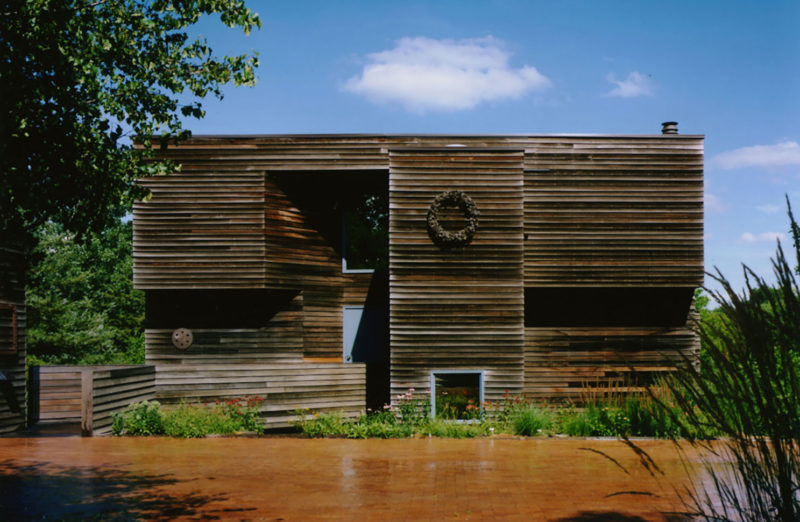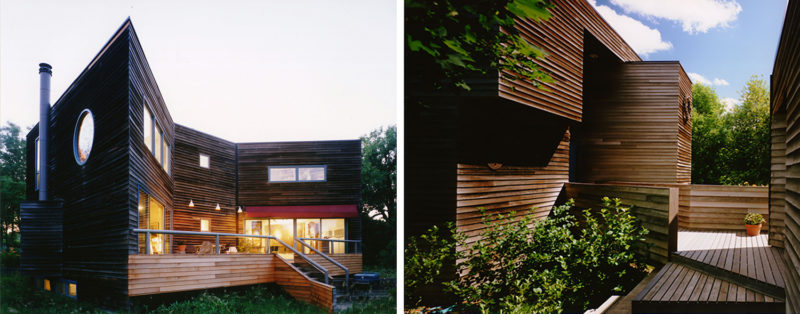Documenting Old Structures with New Tools
My passion stems not only in the act of preservation itself, but in my belief that historical architecture directly impacts our quality of life. I…

The screening was hosted by the UNL College of Architecture student U.S. Building Green Council group. To be frank, the film, while beautifully shot by National Geographic, was quite sobering, shocking, and upsetting. However, I did find a positive message to take away: Humans are resilient, the planet is resilient and if we work hard, together we can impact the trajectory of our future in a positive way. While things don’t always go the way one hopes, I refuse to give up.
Deon Bahr, one of BVH’s founding partners, was also at the viewing of the film. He told me about his house that he designed back in the seventies which spoke to these same issues we face today. For BVH, environmental responsibility has been part of our dialogue since its founding. It’s a legacy within our firm that we are re-invigorating in the work we do today. We see environmental responsibility as a baseline for design. We believe this is the right thing to do, and that it brings a service which adds value for our clients in terms of energy savings and the longevity of their facilities.

Bahrhausen, 1971 / Deon Bahr, AIA

With this in mind, BVH has adopted the AIA 2030 Commitment. This means a commitment to work towards achieving carbon neutrality on all projects by 2030. It’s a growing national initiative that provides a consistent framework with simple metrics and a standardized reporting format to help firms evaluate the impact design decisions have on a project’s energy performance. The AIA 2030 Commitment was founded by Edward Mazria, FAIA, out of his think tank, Architecture 2030, back in 2006. According to the U.S. Energy Information Administration, buildings produce almost 47% of our country’s carbon emissions. This means architects can have a significant impact on changing this pattern.
We at BVH remain optimistic. We’re committed to designing to positively shape, enrich and preserve the planet for our current population and generations to come. We’re learning to track the energy use of the projects we design and compare them to a national baseline. This helps us understand how our projects stack up against local and national comparisons. By tracking this information, we can continue to learn how we can achieve high-performance buildings.
While we cannot undo the damage done, we’re hopeful that together we can make movement towards positive change.